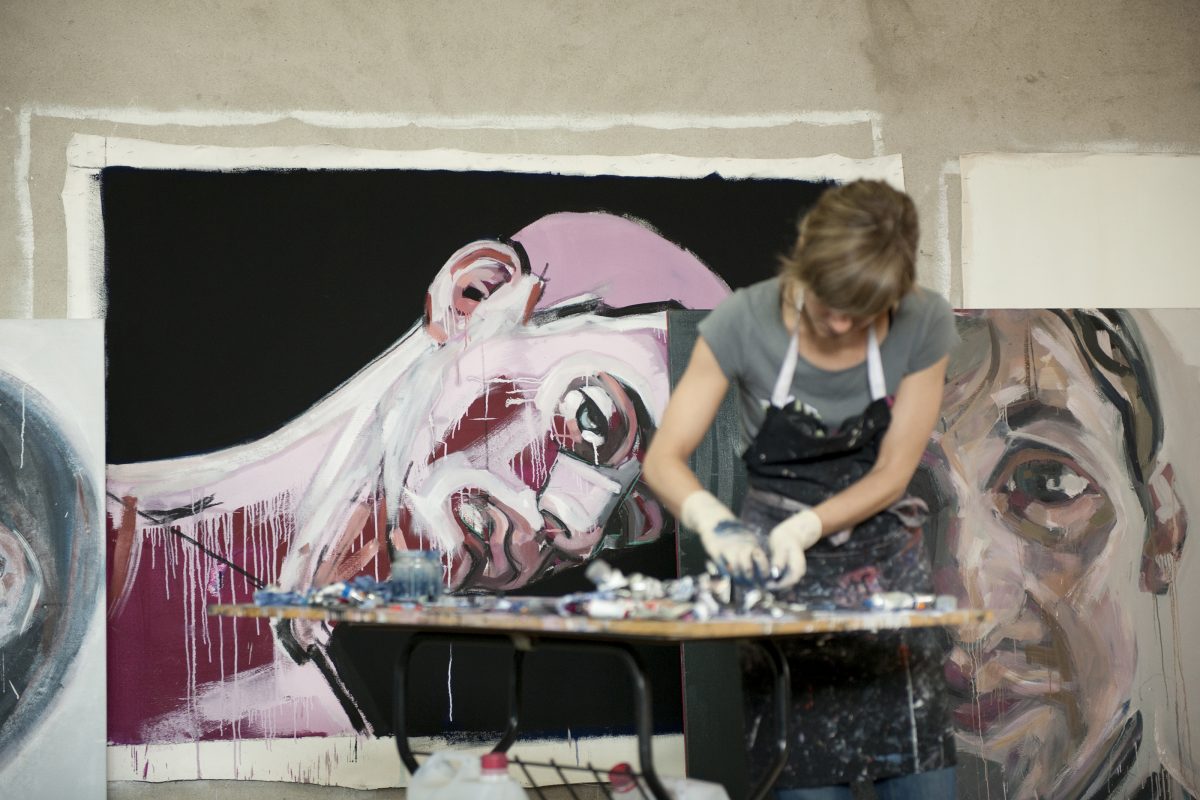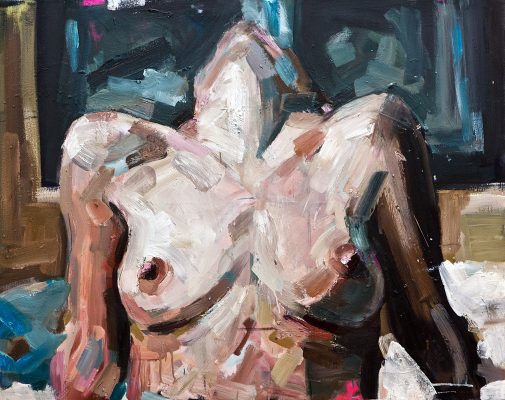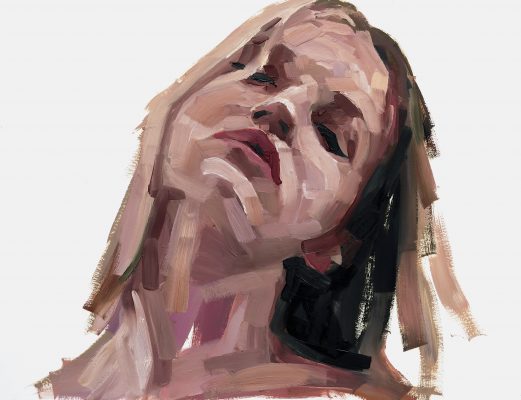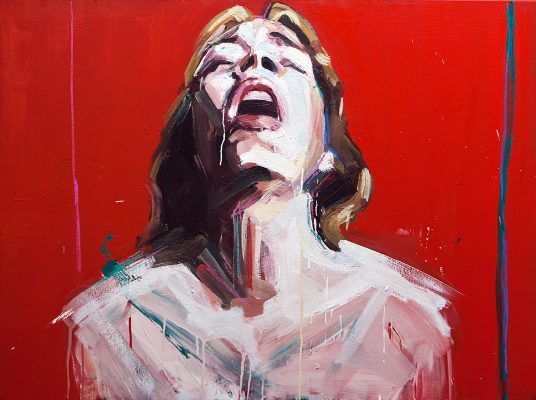Latest
Interview with Yolanda Dorda
INTERVIEW WITH YOLANDA DORDA TRANSLATION FROM SPANISH TO ENGLISH BY FLORENCIA PRATS
Can you talk about your journey into the arts?
I was born in Barcelona and raised in La Coruña. I have always been connected to art, in one way or another, which has led me to begin my artistic studies in the Pablo Picasso Art School where I specialised in Sculpture. In London, painting became my main form of expression. There, I came upon the English painters and Expressionism, which left a mark on my work. Although London was a turning point in my career, my stay in New York was decisive in shaping my work’s message. Social issues – especially the role of the woman and her sexuality – gained a strong presence in my work. I was selected for art residences in Barcelona, New York and Slovenia, and awarded in numerous art contests. During the last decade, my paintings have been featured in solo and group art shows both nationally and internationally.
Your work often explores the female form, and sometimes sexualised, voyeuristic or intimate. Can you talk about your interests in this?
I do not want any aspect of sexual play to go unanalysed in my erotic painting. I portray women’s faces and bodies and I look for the expression of pure female ecstasy in them, the enjoyment of one’s own pleasure through the body. The vision I depict originates from my own condition as a woman, it is a purely feminine vision. I do not look to satisfy the male gaze. It is something more intimate for me—the manifestation of female pleasure without any taboos. Bodies that seduce, proud of their femininity, dominant, and, often, very sexually charged. They are intimate portraits where ambiguity slips between pleasure and pain, revealing a liberated woman who completely gave in to enjoying herself.
What is your working pattern like? How do you produce work?
I have always used all kinds of resources, but photography is a fundamental pillar in my work. Always has been and always will be. I use my own pictures as well as others which I modify and make my own. I even create images by means of collage, assembling my own characters like a puzzle, which is what I have been doing in my last works. Besides, in my case, photography is a great help since I find it difficult to work with models because I like to work by myself.
When I get to the studio, the first thing I do is reflect on what I’d like to work on that day. I usually work on several pieces at a time. On the one hand, because I do not really like to focus just on one but also because I use oil paints and they take a long time to dry, and you need to wait before going back to it. I like to have my options open and work on different pieces according to the state of the paint or what I feel like doing that day. That is the way it usually works unless I have commissions. After choosing the piece, I get the paints ready and get straight to work. I like working with music on, full volume. Sometimes I even start dancing. Some days, however, I need complete silence. It really depends on the day and my mood.
Can you talk about your commissions for Vogue? How does commercial practice fit with developing your personal work?
My collaboration with Vogue began in the autumn of 2018 when I was offered to illustrate an erotic story in chapters written by Carmen Buttjer, an author from Berlin. Thirteen chapters have been published until the spring of 2020 and I hope that, in the future, more projects will emerge. It has brought so much, from the mere satisfaction of a magazine of such magnitude appreciating what you do and wanting to collaborate with you, to the exposure and international visibility – in Germany, above all, as that is the edition that has published my images. It has been a door-opening opportunity that is leading to more positive things over time, like new projects, but also a sense of validation when potential customers see that I have worked with Vogue, and they feel more reassured in their decision to work with me. It has been great in every way.




